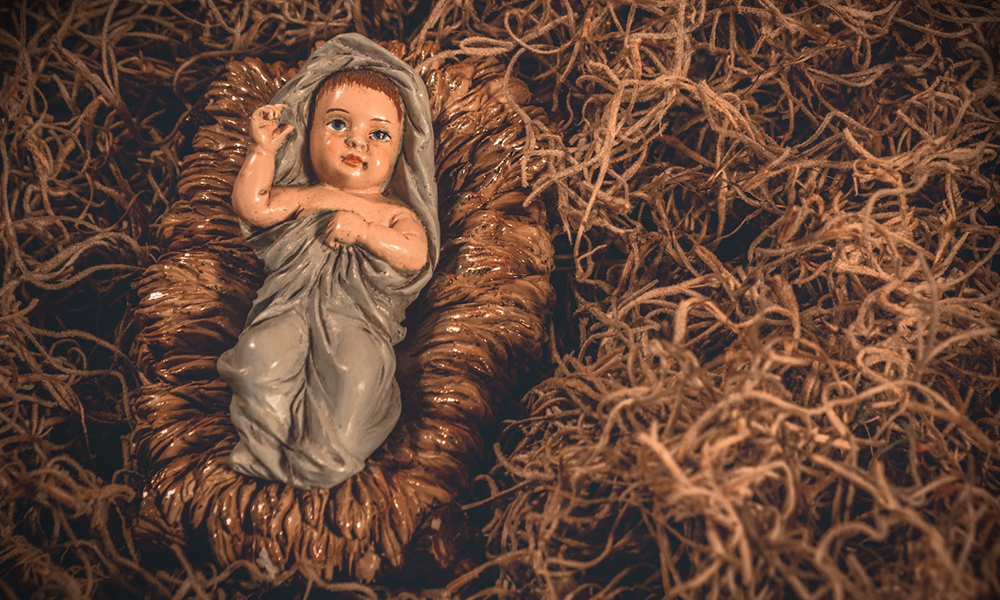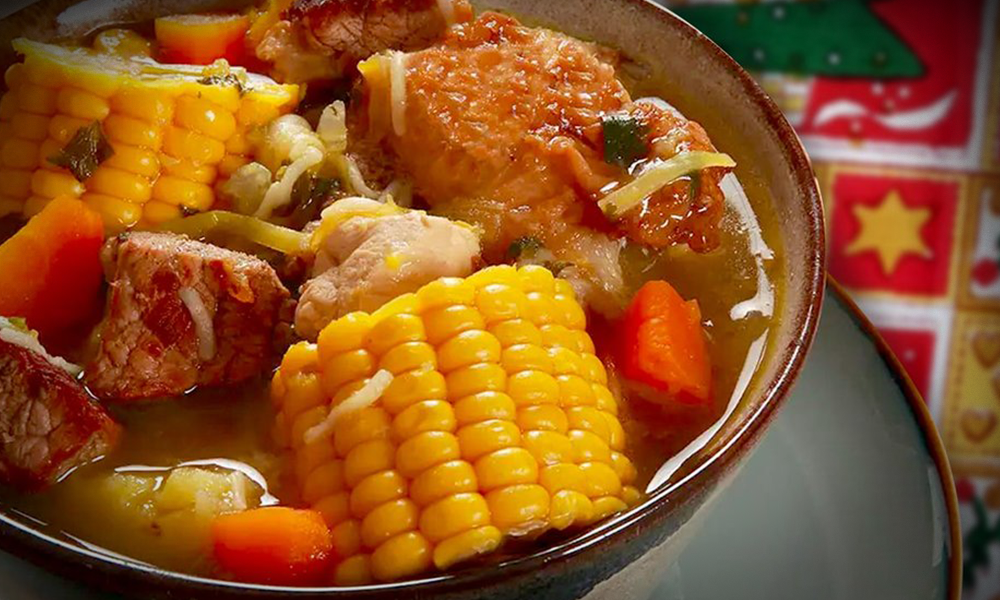
Por: Juan Villanueva Criales.
Hacia 1920 el incansable recopilador de tradiciones , Rigoberto Paredes, describió cómo cerca de Navidad, en varias zonas del altiplano, se acostumbraba modelar en barro figurillas de toros, ovejas y burros. Esta actividad era parte de una serie de rituales que procuraban la reproducción y mantenimiento de los rebaños, y respondía a una lógica muy antigua, quizá prehispánica, de petición de bienestar mediante las miniaturas. En ciertas comunidades, las personas acercaban sus animalitos de barro a las imágenes del Niño Jesús en las iglesias, para hacer bendecir la figurilla y con ella los rebaños.
Es mágica la mezcla de significados que opera al coincidir la tradición andina del animal miniatura y la tradición europea de ubicar figurillas del asno y el buey, signos de la sumisión de las bestias del mundo ante el Niño Dios que acompañan a la Sagrada Familia en los pesebres de la Natividad.
El asno y el buey aparecen en los pesebres de la época en las casas de La Paz, Potosí o Sucre. Sin embargo, esta navidad urbana dista de ser “europea”: en la adoración musical del Niño Jesús, los chuntunquis y villancicos hacen referencia al “Niño Manuelito”, “Niño del Corralito”, o “Torito del Corralito”, sugiriendo una mixtura subyacente entre el niño y un animalito de corral. Ejemplo adorable es un villancico que sigue sonando hoy en día: el Huachi Niñito o Huachi Torito. En esta tradición mestiza, el Torito rural se confunde con el Niño Dios del pesebre, el dador de bienestar y felicidad para los niños -en forma de golosinas- y para las familias. La niñez de muchos de nosotros tuvo al “niñito” como el personaje que otorgaba los regalos a los niños buenos.En un ámbito urbano crecientemente individualista, el Niñito se tradujo en un proveedor de alegría y bienestar infantil mediante los regalos.
Tal vez por eso le otorguemos tan poca importancia al papel de los Reyes Magos, a diferencia de países vecinos. Y es que tres hombres coronados montando camellos nunca lograron ser entendidos en el contexto social y de valores del torito y del niño.
Hoy es común criticar a una Navidad influenciada por un consumismo salvaje, una arena de lucha corporativa por el control de mentes infantiles y bolsillos paternos, y ya no una instancia de paz y armonía familiar. Vemos al rival del Niñito, Papa Noel, obeso anciano barbudo disfrazado de Coca-Cola, como la encarnación de esta desmitificación capitalista de la Navidad.
Solemos olvidar la raíz de San Nicolás de Bari, que dejaba monedas en las medias de las niñas pobres, y su mezcla con los rituales paganos de fertilidad y bienestar en Europa del norte antes de que los Estados Unidos lo lanzaran al estrellato global.
Torito, Niño Jesús, Papa Noel. Comparten la decoración navideña, y en diferentes momentos han tenido en común otorgar felicidad y bienestar en diversas formas.
Es fácil condenar el materialismo tecnócrata de la Navidad actual, olvidando que más allá de las formas, nuestro pedido navideño es bienestar. Es más difícil revisar nuestra idea de bienestar, y las formas plásticas que esta adquiere en tiempos de objetivos individualistas, consumistas y predatorios.
Es un deseo que en esta Navidad, el Torito, el Niño Jesús y Papa Noel sean como las tres apariciones del cuento de Navidad de Dickens, que enseñan al viejo Scrooge a ser menos avaro. Ojalá en este caso nos enseñen a ser más autocríticos respecto a nuestros valores y objetivos.
About bulls, babies and Santas
Around 1920 the tireless tradition’s collator, Rigoberto Paredes, described how as Christmas came by, in different highland places, it is accustomed to shape in clay small bull’s, sheep’s and donkey’s figurines. This activity was part of a series of rituals in which the upkeep and reproduction of such cattle was assured, as answer to a really ancient logic, maybe even pre-colonial, of requesting well-being through the miniatures. In some communities, people brought their clay figurines to the image of Baby Jesus inside the churches, to have it blessed and thus the actual cattle. It’s magical the mixture between meanings at work when both the Andean miniature animal tradition and the European tradition of placing clay figurines shaped as donkeys and oxen, signs of the submission of the world beasts to baby Jesus which follow the Holy Family in the Christian mangers.
The donkey and ox appear in the seasonal mangers throughtout the houses in La Paz, Potosi or Sucre. However, this city Christmas is a far cry from being “European”: in the musical adotation to Baby Jesus, the chuntunquis christmas carols make reference to “Baby Manuelito”, “Baby of the Farmyad”, or “the little bull of the farmyard”, suggesting an implicit mixture Baby Jesus and a farm animal. Loving example is a carol which is still even played nowadays: “the Huachi Niñito o Huachi Torito”. It is in this hybrid tradition, the country bull is confused with Baby Jesus at the manger, the provider of well-being and happiness for all kids – in the shape of candy – and for the families. Most of our childhoods had a “Little Baby Jesus” as the character who provided the good children with presents. In a growing individualist city environment, the Little Baby Jesus was translated in a joy giver and children well-being through its many gifts. This may be the reason why we don’t give so much relevance to the Wise Men, as opposed in the neighboring countries. It’s just that three crowned men riding camels never achieved being understood in the social and moral context of the bull and Little Baby.
It is common to criticize nowadays Christmas as having been heavily influenced by a savage consumerism, a corporative death-match for the control of youthful minds and parental pockets, and no longer an instance of peace and family harmony. We see the rival of Baby Jesus, Santa Claus, Coca-Cola’s dressed-up obese bearded elder, as the incarnation of this capitalist demystification of Christmas. We tend to forget that the root of Saint Nichols from Bari, who left coins in the socks of needing young girls, and his relationship with the pagan rituals of fertility and well-being from northern Europ long before the US catapulted him to global fame.
three ghosts from Dickens’s tale, which teach the
The bull, the Baby Jesus, Santa Claus; they all share the Christmas décor, and throughout time they have also had in common the ability to grant joy and happiness in different ways. It is so easy to condemn the technocrat materialism in current Christmas, forgetting that beyond the shapes, our Christmas wish is well-being. Harder a task is to take a closer look at our own definition of well-being, and the plastic shapes it takes in times of individualistic, consumistic and predatory goals. It is a deep wish that this upcoming Christmas, the bull, baby Jesus and Santa Claus become in the three ghosts from Dickens’s tale, which teach the old Scrooge to be a little less stingy. I wish that in this case they teach us to be more self-critic about our own values and objectives.




